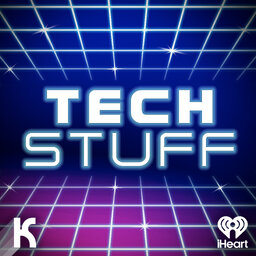How Apple Survived the PC Wars: Part One
In 1976, two Steves got together and created a startup company called Apple. Their computers ushered in an era of home computers. But the journey didn't always go smoothly.
Learn more about your ad-choices at https://www.iheartpodcastnetwork.com
 TechStuff
TechStuff


